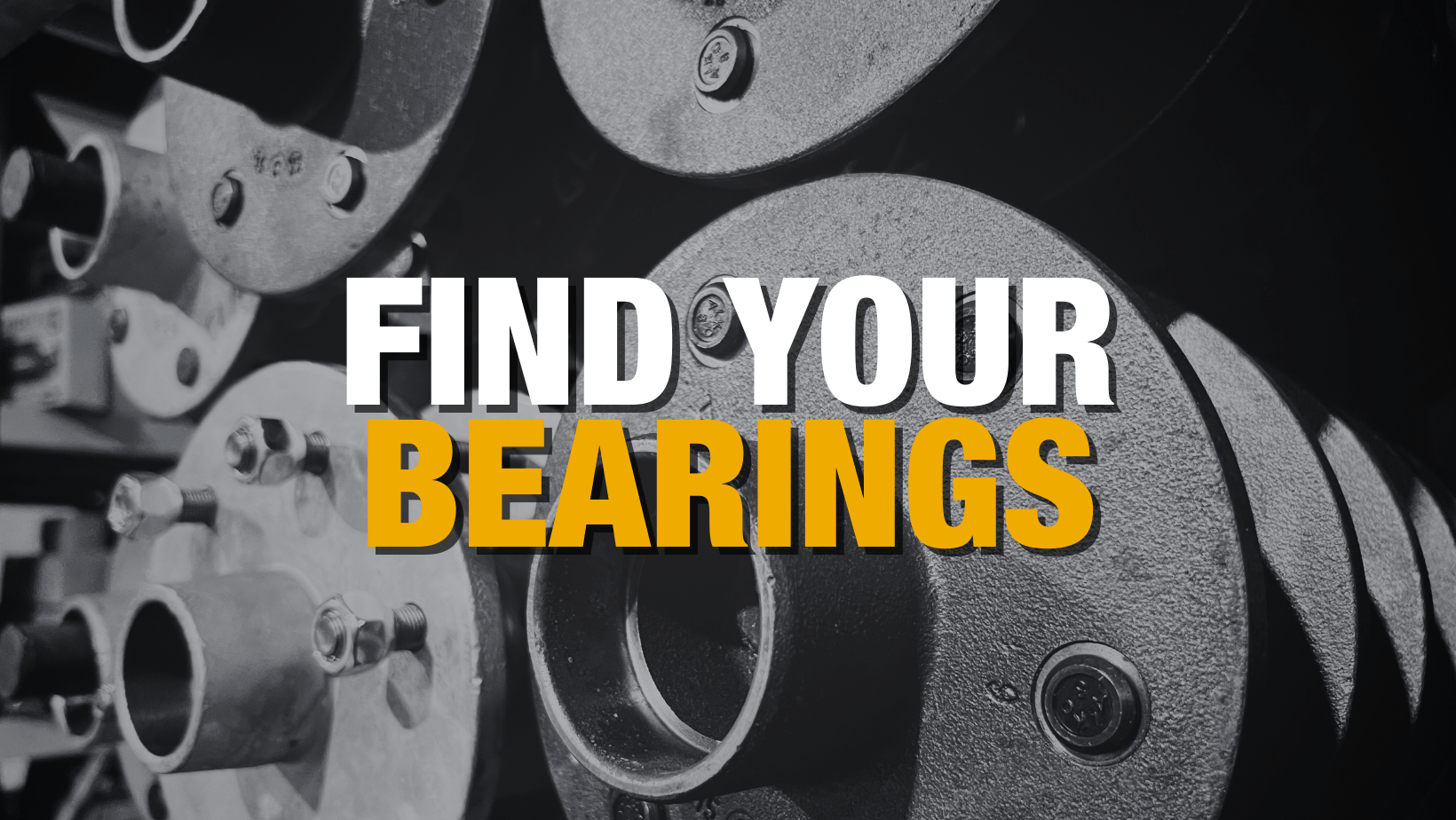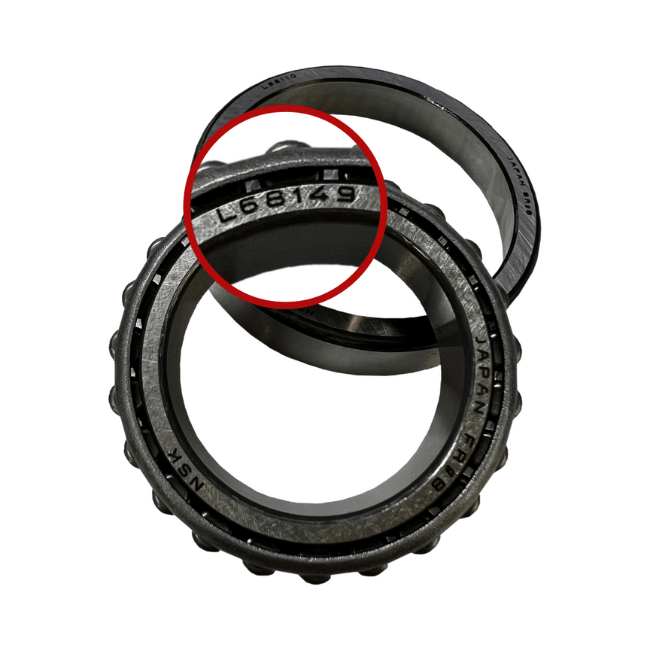Understanding Trailer Wheel Bearings
We often get asked: What bearing does my trailer run?
Inside each trailer or caravan hub, you’ll find two bearings: the outer bearing and the inner bearing.
Each consists of two pieces known as the cup and cone. The cup is pressed into your hub whereas the cone has tapered rollers to facilitate movement.
The outer bearings are the smaller of the two pairs, while the inner bearings are the larger ones. The smaller bearing will always sit closer to the tip of your axle.
But, why are wheel bearings important?
The core function of a trailer bearing is to allow your hub to spin freely your axle, thereby allowing your wheel to spin as you travel along the road.
On top of this, bearings have a core role in determining the weight capacity of your trailer. Trailers and caravans will always be rated to their weakest component, and in most cases, this is your bearings.
How to Find Bearing Information
Replacing your bearings is an important part of caravan maintenance.
This information is sometimes outlined in your owner’s manual or is kept on file by the original caravan/trailer manufacturer. However, we find that most customers resort to a hands-on approach.
To find your bearings, you will need to separate your hub from your axle and pull out both bearings. Quality NSK bearings will always have their bearing number engraved on them, as shown in the example image.
With these numbers, you can easily purchase a new set of trailer wheel bearings.
Couplemate has a range of NSK bearing kits available for purchase, which you can view here.
Common Australian Bearing Combinations
| Inner Bearing | Outer Bearing | |
| Holden, LM | LM67048/10 | LM11949/10 |
| Ford, SL, Slimline | LM68149/10 | LM12749/10 |
| Ford Parallel, PLL | LM68149/10 | LM68149/10 |
| AL-KO 2T | LM30210J | LM15123/245 |
| AL-KO 3T | LM30210J | LM29749/10 |
How to Measure Trailer Wheel Bearings
If you don’t have a manual or bearing numbers, you can still find replacement bearings with four simple measurements.
To do this, you will need to seperate your hub from your axle and remove whatever bearings you can.
Trailer wheel bearing measurements are taken by measuring the O.D. (outer dimension) of the cup and the I.D. (inner dimension) of the cone. Your cup will be pressed into your hub so you may need to measure the hub instead.
Watch our video showing how to properly measure trailer wheel bearings. Where possible, use digital verniers for precise results.
You should have taken four measurements per hub (or two measurements per bearing), which you can benchmark using the table below.
With these measurements, you can find your replacement wheel bearings.
Common Australian Bearing Measurements
| Inner Bearing I.D. | Inner Bearing O.D. | Outer Bearing I.D. | Outer Bearing O.D. | |
| Holden, LM | 31.75mm | 59.10mm | 19.05mm | 45.20mm |
| Ford, SL, Slimline | 35.00mm | 59.10mm | 22.00mm | 45.20mm |
| Ford Parallel, PLL | 35.00mm | 59.10mm | 35.00mm | 59.10mm |
| AL-KO 2T | 50.00mm | 89.96mm | 31.75mm | 61.95mm |
| AL-KO 3T | 50.00mm | 89.96mm | 38.10mm | 89.96mm |
Getting Help with Other Bearing Combinations
There are plenty of other bearing combinations available on the market. In more recent years, Dexter USA and other types of bearing combinations are becoming more common on Australian trailers and caravans.
If you have trailer bearings numbers or measurements that don’t line up with the specifications here, we recommend getting in contact with our expert sales team.


0 Comments